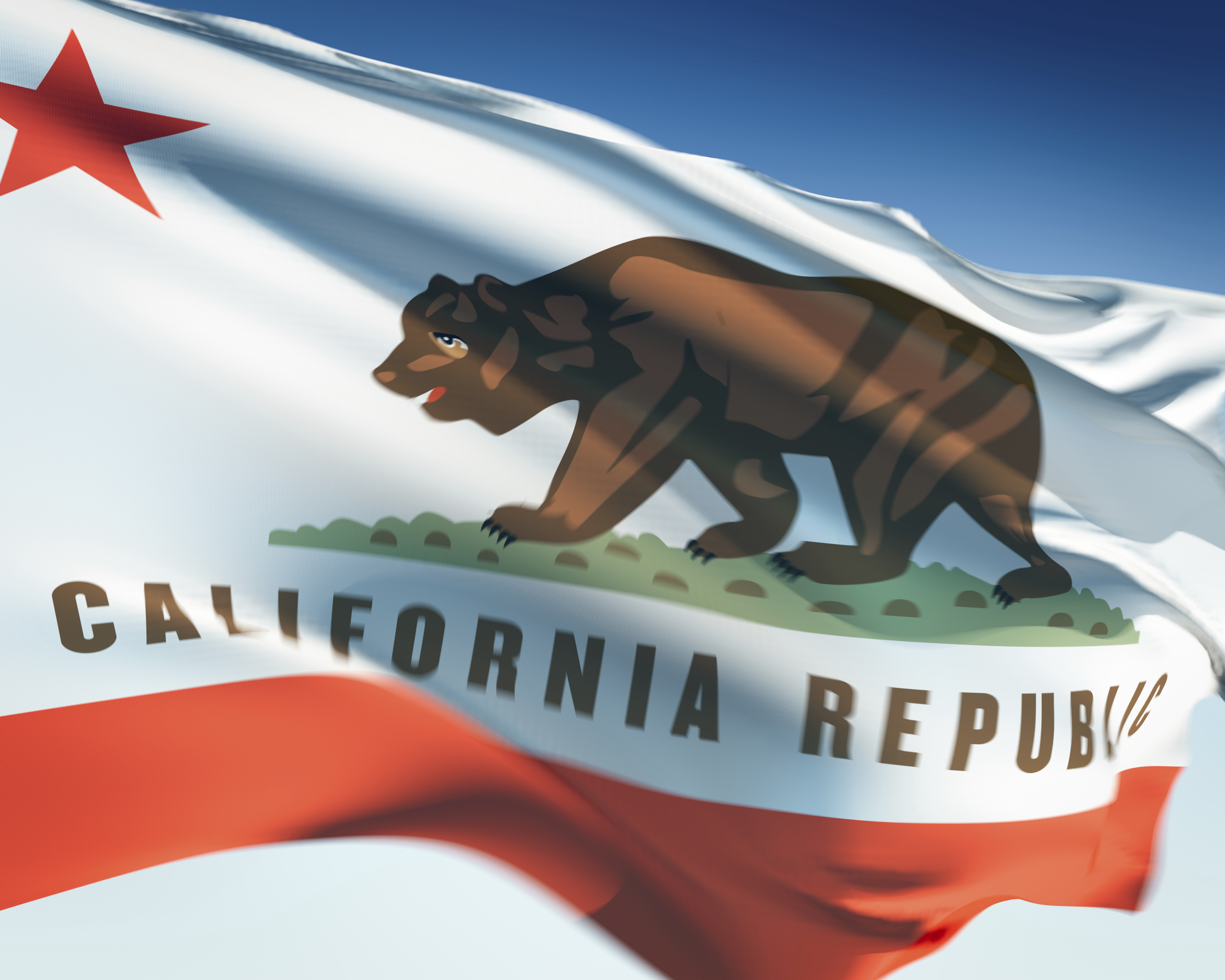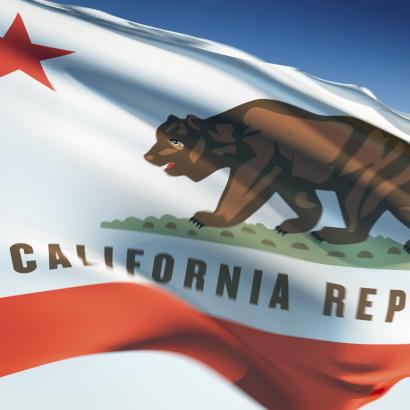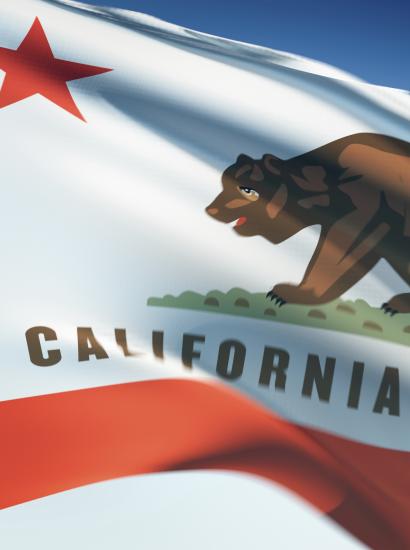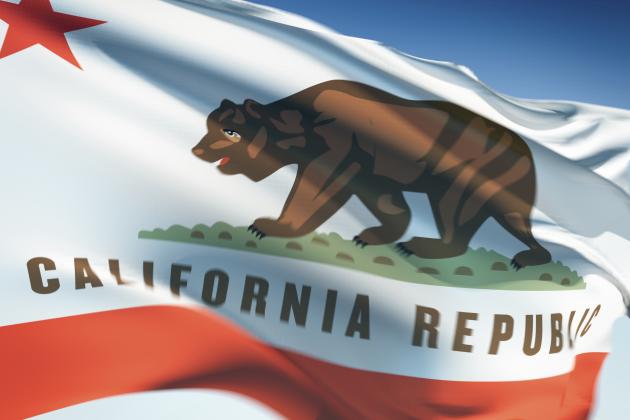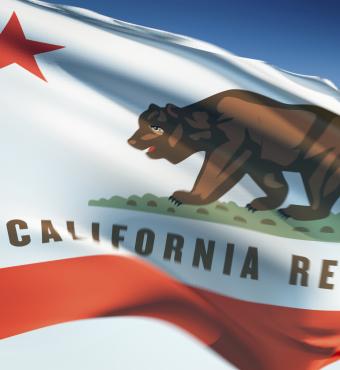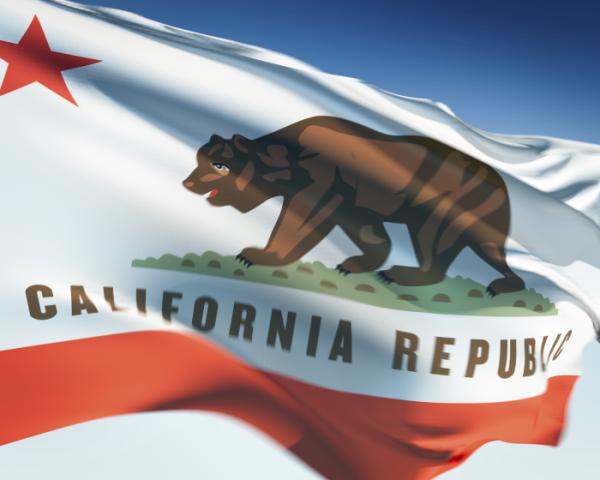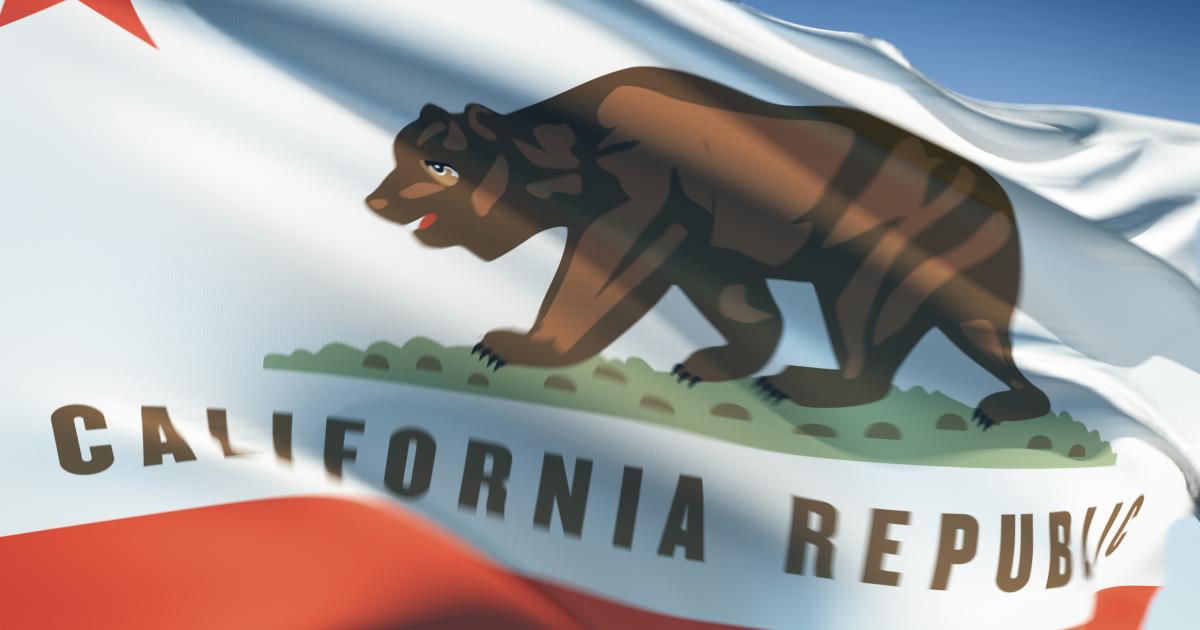In a time otherwise dominated by pandemic-related news and events, this recent tweet by California governor Gavin Newsom caught my attention: “Our. System. Is. Broken.”
Newsom was referring to a Louisiana Supreme Court decision upholding the life sentence of a black man for the crime of an attempted theft of hedge clippers.
Still, the irony was hard to overlook given that the last topic on which this or any California governor should be sermonizing is a “broken system.”
Let’s take a quick look at some recent follies of California’s state government, a $202.1 billion annual undertaking (by contrast, Apple’s operating expenses for the twelve months ending on June 30 of this year amounted to $206.719 billion—you decide who delivers more bang for the buck).
Late last week, California’s director of Health and Human Services admitted that a bureaucratic screw-up led to a backlog of up to 300,000 records in the state’s case data–reporting system that’s used to distribute coronavirus information (a server outage prevented lab records from reaching the information exchange called, I kid you not, CalREDIE).
Why this matters: without accurate, more up-to-the-minute data, there’s reason to doubt the Newsom Administration’s claim that California’s recently experienced a decline in the seven-day average rate of positive infection. Indeed, California’s heath director abruptly resigned in the wake of the data glitch – a sign that either she or the governor (to whom she reports) wasn’t pleased with her role in the dramedy.
Speaking of Sacramento-based ineptness, we also have the saga of Sleep Train Arena, once home to the city’s NBA franchise and, in early April, the site of a Newsom press conference during which the governor announced a plan to set up 400 beds for stricken Californians (individuals discharged from hospitals or diagnosed with mild to moderate virus symptoms).
What Newsom didn’t announce at the time: the state was paying the Kings $1 million a month to rent the unused arena. Add in miscellaneous outlays (building improvements, staff, personal protective equipment) and the price tag grew to $12 million . . . to treat nine patients over a 10-week period.
In other coronavirus news, state bureaucrats thought it a wise idea to shift inmates between prisons without contemporaneous testing—what one lawmaker labeled “the worst prison health screw-up in state history.” Quelle surprise: infections broke out among both prisoners and corrections staff; the state correction system’s top medical officer was axed. Oh, by the way, some 8,000 inmates may get early parole in order to alleviate the prison health crisis.
And there’s the ongoing question of what the state government is doing for those Californians who are suffering from a different form of virus-related ailment: unemployment (the state’s unemployment rate checking in at 14.9% in June versus a record-low 3.9% in pre-pandemic February).
As of last week, California’s Employment Development Department was looking at more than 1.13 million unemployment claims, from March to July, that it had failed to process (that includes 889,000 unemployed California workers who “may be eligible with additional information” and another 239,000 whose claims are “pending EDD resolution”).
That didn’t sit well with state legislators, 61 of whom sent a testy letter to Newsom demanding that he force EDD to clean up its act. Prior to that letter, Newsom announced a “strike team” to look into the foul-up (this is a preferred move by the Newsom administration, which likewise rolled out a “strike team” to enforce business shutdowns in keeping with the state’s coronavirus guidelines).
Meanwhile, it seems that online scammers have been able to make sense of California’s bureaucratic maze—and receive money for bogus unemployment claims.
I can think of at least three reasons why these stories of ineptness are troubling.
First, it was only nine months ago that Californians were informed that the state’s much-reviled Department of Motor Vehicles experienced a data breach in which federal agencies had improper access to the Social Security information of more than 3,000 individuals afforded drivers’ licenses.
A few weeks later, it was revealed that the DMV makes about $50 million a year selling drivers’ private data (names, addresses, car registrations). And that was just four months after accounts told of federal immigration officials accessing California DMV registries for facial recognition searches.
What this suggests: add the DMV’s woes to EDD’s sad example of poorly managed technology and it highlights the difference between the public and private sectors—in California’s case, a 120-mile, light-year gap between cutting-edge Silicon Valley and lagging Sacramento.
Second, there’s the question of what California’s voter-elected state controller does for a living.
For those unindoctrinated in the ways of Sacramento, the state controller has two major responsibilities: to serve as a fiscal watchdog—making sure the state legislature produces a balanced budget—and to keep an eye on the integrity of state programs by auditing agencies and departments if need be.
For years, I’ve joked that were I to serve as state controller, I’d soon need someone to taste my food and start my car given the number of enemies I’d amass courtesy of a relentless auditing of state agencies (you’d be surprised how many first-time Republican candidates in California, deluded by dreams of being a governor or senator, are oblivious to how rewarding this job could be if the goal is to reward taxpayers with better services).
However, the present state controller, Betty Yee, is noticeably absent, much less a stead news presence, amidst the EDD conversation—though she did make headlines in July when her office was fined for doing a developer and Democratic donor a favor in a dispute over a proposed solar farm.
Perhaps Yee doesn’t see a problem with the current quality of state government because she herself is a government lifer—a former legislative and Department of Finance aide and a member of the State Board of Equalization.
My third concern: as per usual, California has entered yet another debate over the quantity of government (including where else to find revenue in tough economic times), when it’s the quality side of the conversation that’s lacking—and has been, for years now.
Here, I defer to the venerable California observer Dan Walters, who recently described the Democratic ruling class in Sacramento as falling into two factions: borrow more, or tax more.
The former, Walters writes, has suggested that California enact “a $100 billion plan to ‘securitize’ various revenue streams—using them as collateral for loans. It also would borrow money from personal and corporate income taxpayers by inducing them to pre-pay future taxes with discounts.”
As for the “tax more” crowd, this Assembly bill would add surtaxes ranging from 1% to 3.5% on the state’s highest earners (1% on adjusted annual incomes over $1 million; 2% on adjusted incomes exceeding $2 million a year; 3.5% on an adjusted annual $5 million and higher).
By now, these are familiar California tropes.
On his first day in office nearly 17 years ago, then governor Arnold Schwarzenegger asked voters to allow the state to sell up to $15 billion in bonds to consolidate its debt. Nearly a dozen years later, the state made its final payment on Arnold’s voter-sanctioned “recovery bonds” (total cost: $14.2 billion in borrowing, plus an extra $5 billion in interest and fees).
That final payment occurred in August 2015, nearly three years after California voters approved Proposition 30, which then governor Jerry Brown sold as a needed tonic for the state’s underfunded public schools, and which created four new brackets for incomes of $250,000 and higher (the Hoover institution’s Joshua Rauh, whose forte includes public finance and tax policy, co-authored this 2019 “explainer” that delves into Prop 30’s effect on the Golden State’s upper-income taxpayers).
Does Newsom want to be Schwarzenegger and borrow his way out of trouble? Or does he want to be Brown and let higher taxes makes up for the losses?
Sadly, there’s little indication that Gov. Newsom wants to be a different governor altogether—a chief executive equally concerned about the state government’s integrity as he is its intake.







